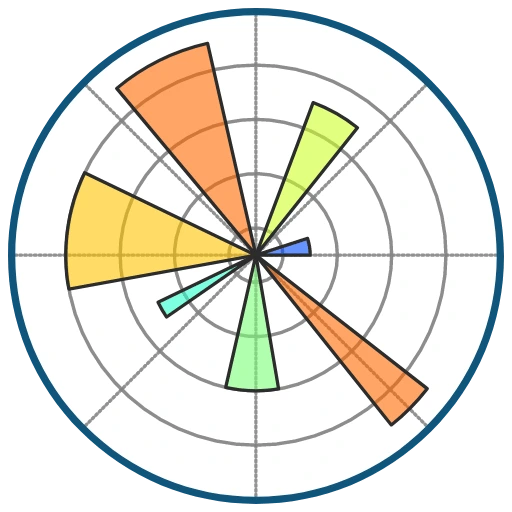|| Data Analytics Certification Course
Experts in the field have selected BIT's Data Analyst Course with Placement, which offers a thorough grasp of analytics concepts. Learn Python, Statistical Analysis, Exploratory Analysis, and more advanced topics like Tableau Data Visualization with hands-on experience. Your skill set is enhanced by the curriculum, which covers Microsoft Power BI and gets you ready to succeed as a data analyst. With 100% placement assistance, career guidance, and job-oriented training, BIT ensures that every learner is job-ready to begin a successful career in the analytics domain. Enroll today to take advantage of data analytics' full potential and develop your career in this booming field.
A Data Analytics course offers a wealth of benefits for individuals seeking to harness the power of data in various professional contexts. Through comprehensive and placement-focused training, participants acquire essential skills in data collection, cleaning, and preprocessing, ensuring they can work with diverse data sets effectively. The course typically covers core techniques in statistical analysis, exploratory data analysis (EDA), and advanced methodologies such as machine learning and predictive modeling. Learners become proficient in using popular data analytics tools and programming languages like Python, R, SQL, and visualization tools such as Tableau and Power BI. Practical exercises, real-world case studies, and projects enable participants to apply theoretical knowledge to solve actual business problems and enhance their placement opportunities.
The benefits of a data analytics course are extensive. Individuals gain the ability to make data-driven decisions, leading to more accurate and impactful business strategies. Enhanced analytical skills enable professionals to uncover hidden patterns and insights in data, driving innovation and operational efficiency. The course also fosters critical thinking and problem-solving abilities, empowering participants to tackle complex challenges across various domains. By mastering data visualization techniques, individuals can effectively communicate their findings to stakeholders, facilitating better understanding and informed decision-making.
Overall, BIT’s Data Analytics Course with Placement Support not only enhances career prospects but also equips professionals with the tools to contribute significantly to their organization's success in an increasingly data-centric world. The goal of the Data Analytics course is to provide learners with the information and abilities needed to efficiently analyze, understand, and visualize data. Participants will study various tools and strategies used in data analytics to get insights and make data-driven decisions through a combination of theoretical concepts and practical hands-on exercises — all backed by BIT’s strong placement cell and industry tie-ups for real career outcomes.
Please contact the nearest BIT training institute or send an email to inquiry@bitbaroda.com with any additional questions you may have regarding our Data Analytics training course. We offer a free demo by calling us at +91-9328994901. We offer top-notch Data Analytics classes with placement assistance in Vadodara-Sayajigunj, Vadodara - Waghodia Road, Vadodara - Manjalpur, Ahmedabad, Anand, and Nadiad.











 4.8 (21,636) reviews
4.8 (21,636) reviews
 Python
Python
 TensorFlow
TensorFlow
 PyTorch
PyTorch
 Keras
Keras
 Seaborn
Seaborn
 numpy
numpy
 Jupyter
Jupyter
 VS Code
VS Code
 Pandas
Pandas
 GitHub
GitHub
 Docker
Docker
 SQL
SQL
 AWS
AWS
 OpenAI's GPT
OpenAI's GPT
 Scikit-learn
Scikit-learn
 Power BI
Power BI
 Google Colab
Google Colab
 PyCharm
PyCharm
 Tableau
Tableau
 Plotly
Plotly
 Azure
Azure
 Matplotlib
Matplotlib
 SciPy
SciPy
 Alteryx
Alteryx
 Scrum
Scrum
 Excel
Excel
 VBA
VBA
 Snowflake
Snowflake
 QlikSense
QlikSense



















 Read more
Read more 
